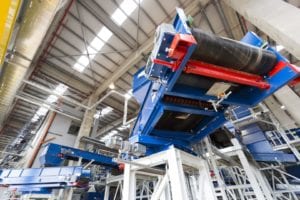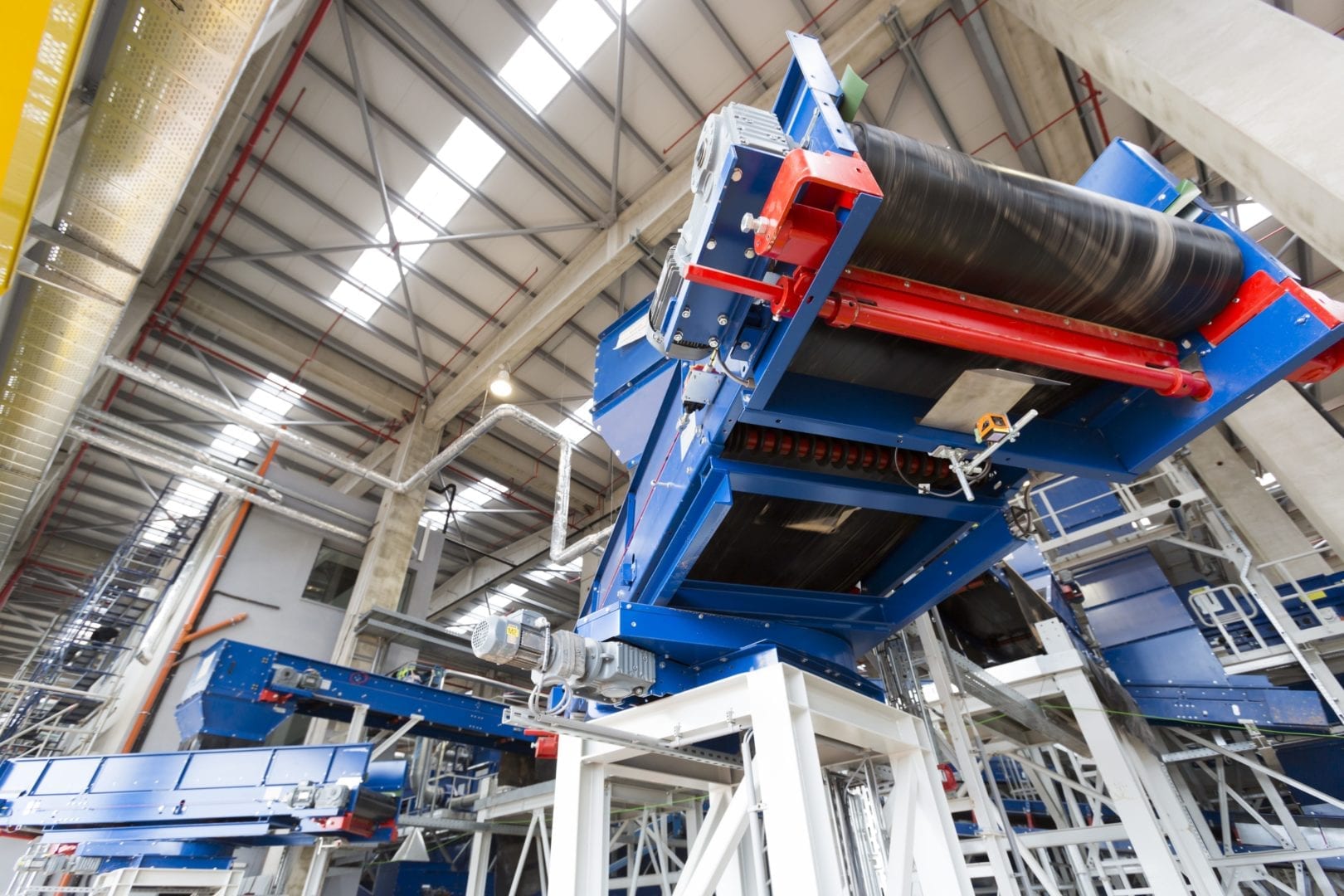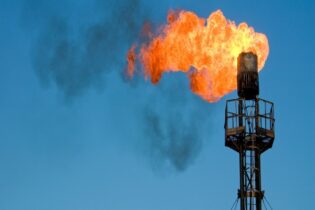- How to tackle the challenge of increasing urban waste and expanding landfills;
- Mounting concerns over the quality of polluted air and water; and
- Whether waste-to-energy plants can provide an enduring and environment-friendly solution.
In South Africa, some concerns include funding, the rate of return the facility will yield for a city, and the health of the environment. Earlier this year, mayor of the Nelson Mandela Bay metro, Athol Trollip, put a R3,7 billion waste-to-energy project on hold over cost concerns.
Chugh cites two other examples from developing countries. She says India lacks a waste-segregation culture and is lax with regulations. This can make waste-to-energy “a less than ideal choice when it comes to environmental impacts of disposing refuse this way,” she says. An incinerator plant in New Delhi using thousands of tonnes of unsegregated municipal solid waste each month to produce electricity recently came under fire for not meeting emission standards. In the Philippines, she says the debate over the use using incinerators itself, to dispose waste, “has got knives out”. She adds that the country’s Clean Air Act and Ecological Solid Waste Management Act make waste incineration illegal under the law, however a number of companies are breaking the law by openly selling incinerators for this purpose. “Rather than adopting waste-to-energy plants using incinerators, a leading scientist is urging fellow Filipinos to go for zero waste culture instead,” Chugh says. She maintains that concerns over using waste-to-energy “remain the same everywhere”. Chugh believes this is because despite efficient segregation practices, “these facilities can still emit harmful dioxins, deteriorating air quality and leading to greater public health concerns like various types of cancers, respiratory diseases and reproductive disorders”.







